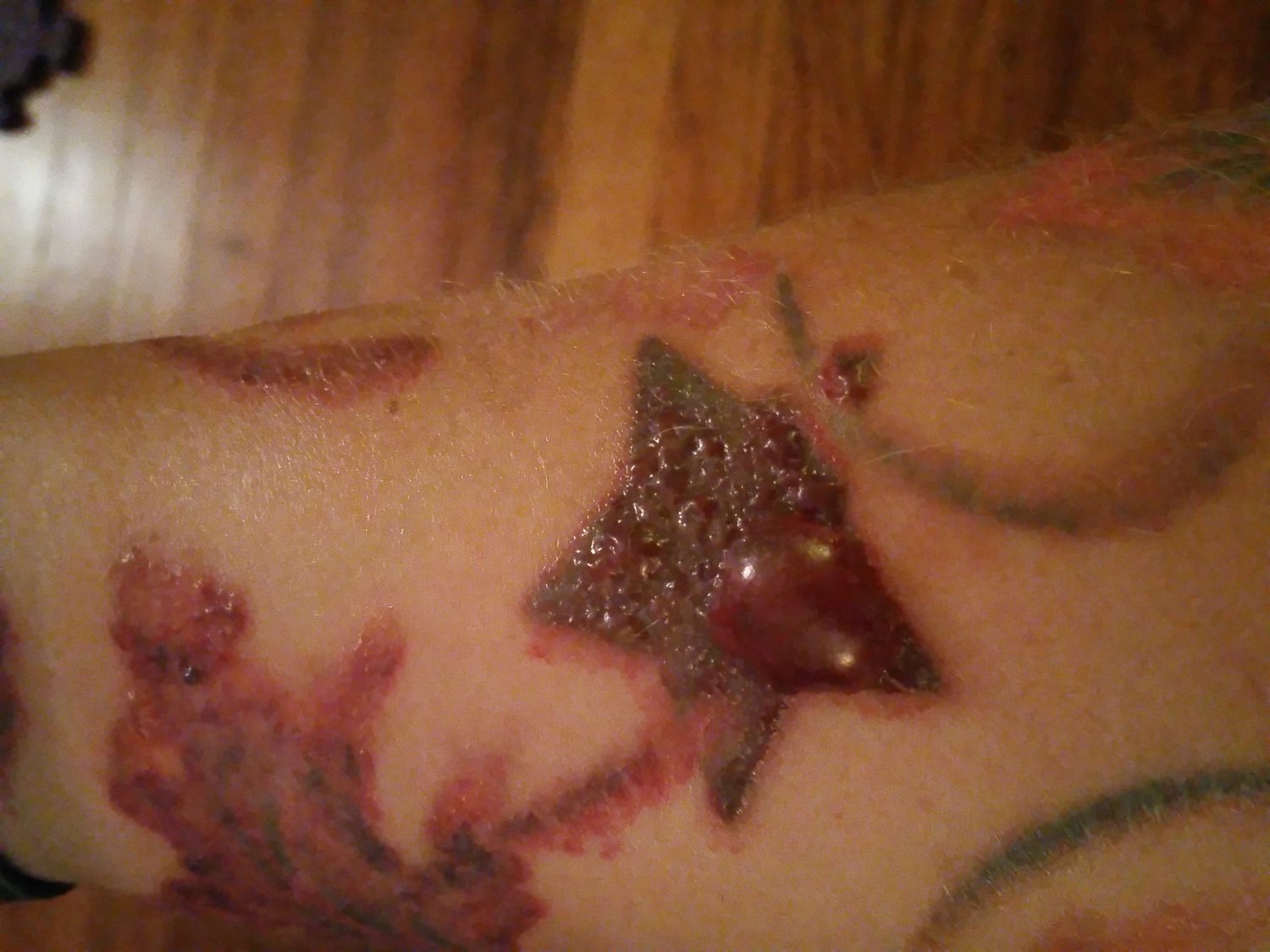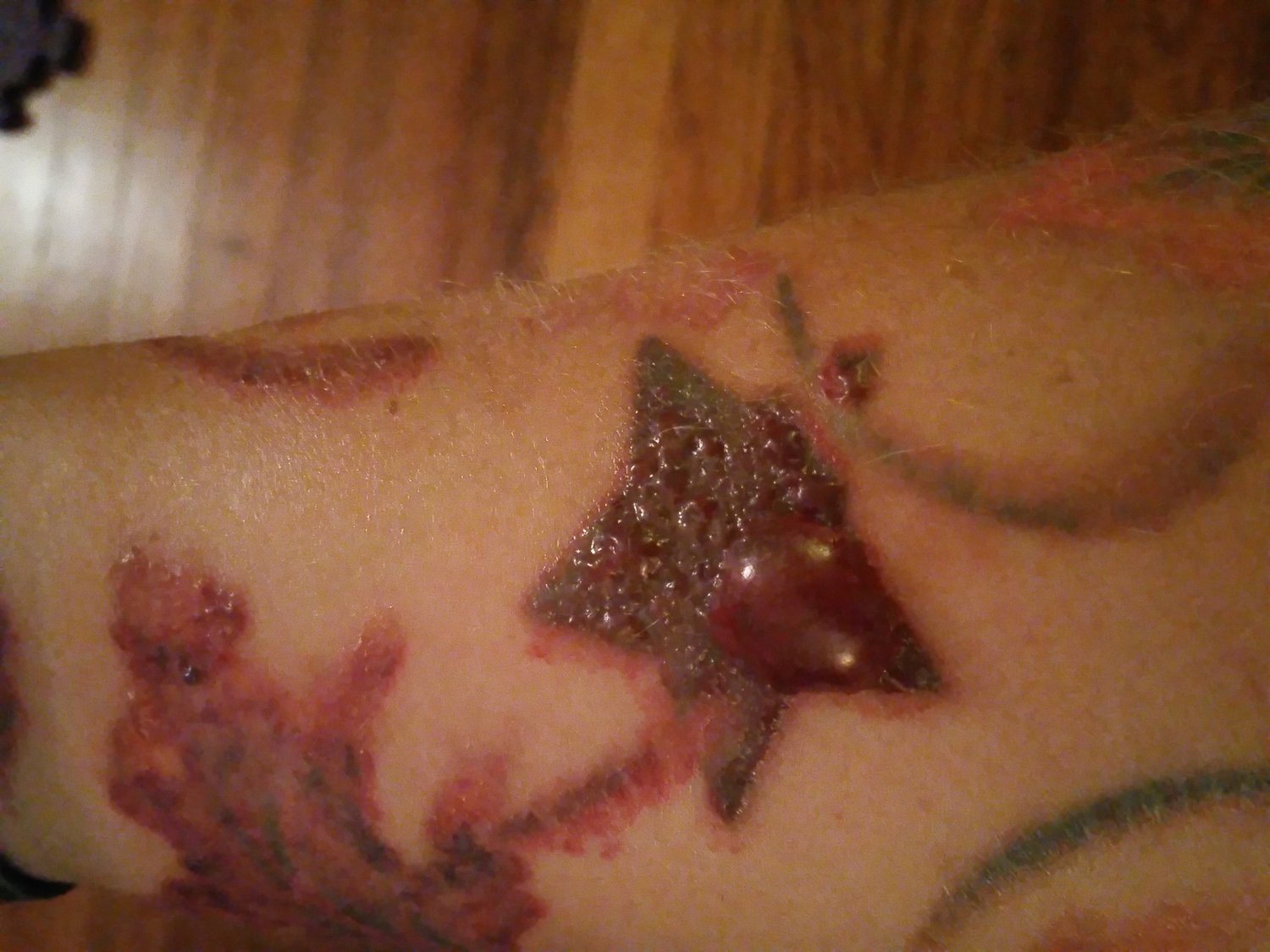Laser tattoo removal is a widely used method for getting rid of unwanted tattoos. While it is generally considered safe, it’s crucial to be aware of the signs of injury or complications that might arise during the healing process. Understanding these signs will help ensure proper care and prevent long-term damage. Below are the important signs of injury to watch for after undergoing laser tattoo removal.
Severe Redness and Swelling:
Signs of injury after laser tattoo removal (علامات الإصابة بعد إزالة الوشم بالليزر), some redness and swelling are normal, as they are part of the skin's healing process. However, if the redness and swelling become severe or last longer than expected, it could indicate an issue. Prolonged or intense swelling may be a sign of infection or an allergic reaction to the laser treatment. It’s essential to monitor the affected area and seek medical attention if the condition doesn’t improve within a few days.

Blisters or Fluid Buildup:
Blisters or fluid buildup are possible side effects of laser tattoo removal. Small blisters might form as the skin reacts to the treatment. However, if the blisters are large, painful, or filled with pus, this could signal an infection or an injury to deeper layers of the skin. Pus-filled blisters are particularly concerning and should be addressed promptly to avoid the spread of infection. In such cases, it’s best to refrain from popping the blisters and allow a healthcare professional to assess the situation.
Scabbing and Skin Peeling:
Scabbing and peeling are common after laser tattoo removal as the skin heals and regenerates. However, if the scabbing is excessively thick or the skin beneath the scabs appears white or grey, this might be a sign of skin damage. In some cases, over-healing can result in thick, unsightly scars. While peeling skin is normal, it's important to keep the area moisturized and avoid picking at the skin to prevent further injury or scarring.
Infection Symptoms:
Signs of infection can develop at the site of the tattoo removal and include increased redness, warmth, pain, and pus. Infections can occur if the treated area is not properly cared for or if bacteria enter the skin. If any of these symptoms arise, it’s crucial to keep the area clean and dry. Seek professional help if symptoms of infection continue to worsen or do not improve after applying standard aftercare techniques like antibacterial ointments.
Changes in Skin Texture or Color:
Laser tattoo removal can sometimes cause changes in the texture or color of the skin. In some cases, the treated area might become lighter or darker than the surrounding skin. Hypopigmentation (lightening of the skin) or hyperpigmentation (darkening of the skin) may occur due to the laser’s impact on the melanin in the skin. While these changes are typically temporary, it’s important to note if they persist or cause significant concern. If skin texture changes, such as excessive scarring or pitting, occur, this could indicate deeper tissue damage.
Excessive Pain or Tenderness:
Some discomfort is normal during and immediately after laser tattoo removal, but excessive pain or prolonged tenderness may indicate an injury to the skin. The pain should gradually subside in the days following the procedure. If pain persists or intensifies, it may be a sign of a serious issue, such as an infection or injury to the deeper layers of the skin. Over-the-counter pain relievers can help with minor discomfort, but if pain becomes severe or debilitating, medical intervention is necessary.
Delayed Healing or Persistent Wounds:
Healing time after laser tattoo removal can vary, but if the wound doesn’t show signs of improvement after several weeks, it may be an indication of an issue with the healing process. Prolonged or non-healing wounds could suggest infection, improper aftercare, or an underlying condition that is interfering with the skin's ability to heal. It’s essential to keep an eye on the progress of the healing process and contact a healthcare professional if the wound shows no signs of improvement.
Conclusion:
While laser tattoo removal is generally a safe procedure, it is important to recognize the signs of injury or complications during the healing process. Being vigilant and monitoring your skin’s response can help you address any issues early and ensure a smooth recovery. If you notice any of the signs mentioned above, such as severe redness, swelling, blisters, infection, or changes in skin texture, it’s crucial to take action promptly to avoid further damage or scarring. Proper aftercare and attention to your body’s signals will ensure the best possible outcome after laser tattoo removal.

